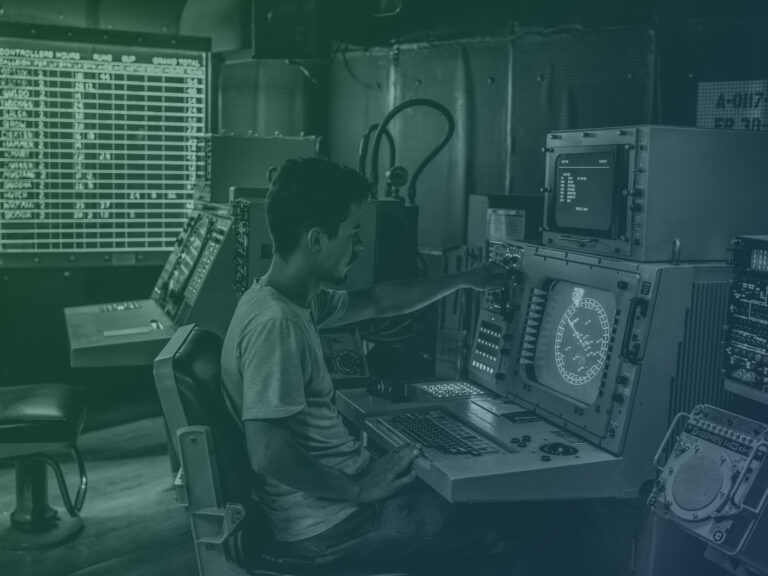Research Themes

Technology
This research theme maps the design, development, and operation of weapons systems with automated and autonomous features over time. It includes qualitative data catalogues of different types of existing weapons systems as researched by the AutoNorms team, such as air defence systems and loitering munitions.

Human-machine interaction
The extent to which humans remain in direct control of the use of force and the quality of that control are key themes animating the international debate on autonomous weapons systems. This research theme examines these concerns in the context of practices of human-machine interaction and how they shape emerging use of force norms, including an emerging norm of “meaningful” human control.

Political Process
This research theme keeps track of the international, political debate on autonomous weapons systems, including their potential regulation. Since 2014, this debate has chiefly taken place under the auspices of the Convention of Certain Conventional Weapons (CCW) and in the form of a Group of Governmental Experts (GGE) on lethal autonomous weapons systems (LAWS) since 2017, hosted at the United Nations in Geneva. But the research theme also maps other developments relevant to a governance of weaponised AI outside the UN context.
Country case studies
China, Japan, Russia and the US
Highlighting four key players in the field of weaponised artificial intelligence, norms, and order, our research examines Chinese, Japanese, Russian and US-American practices in relation to weapons systems with autonomous and automated features. These include operational practices of design, development, and deployment, but also extend to a wider range, including the four countries’ evolving stances as delivered in the context of the Group of Governmental Experts (GGE) on lethal autonomous weapons systems (LAWS). This is complemented by an analysis of practices performed by civilian developers of AI applications and how cultural-specific, often fictional representations of weaponised AI and robotics shape public discourse. Practices performed across these different societal contexts in the four countries are considered as potentially productive of norms.
